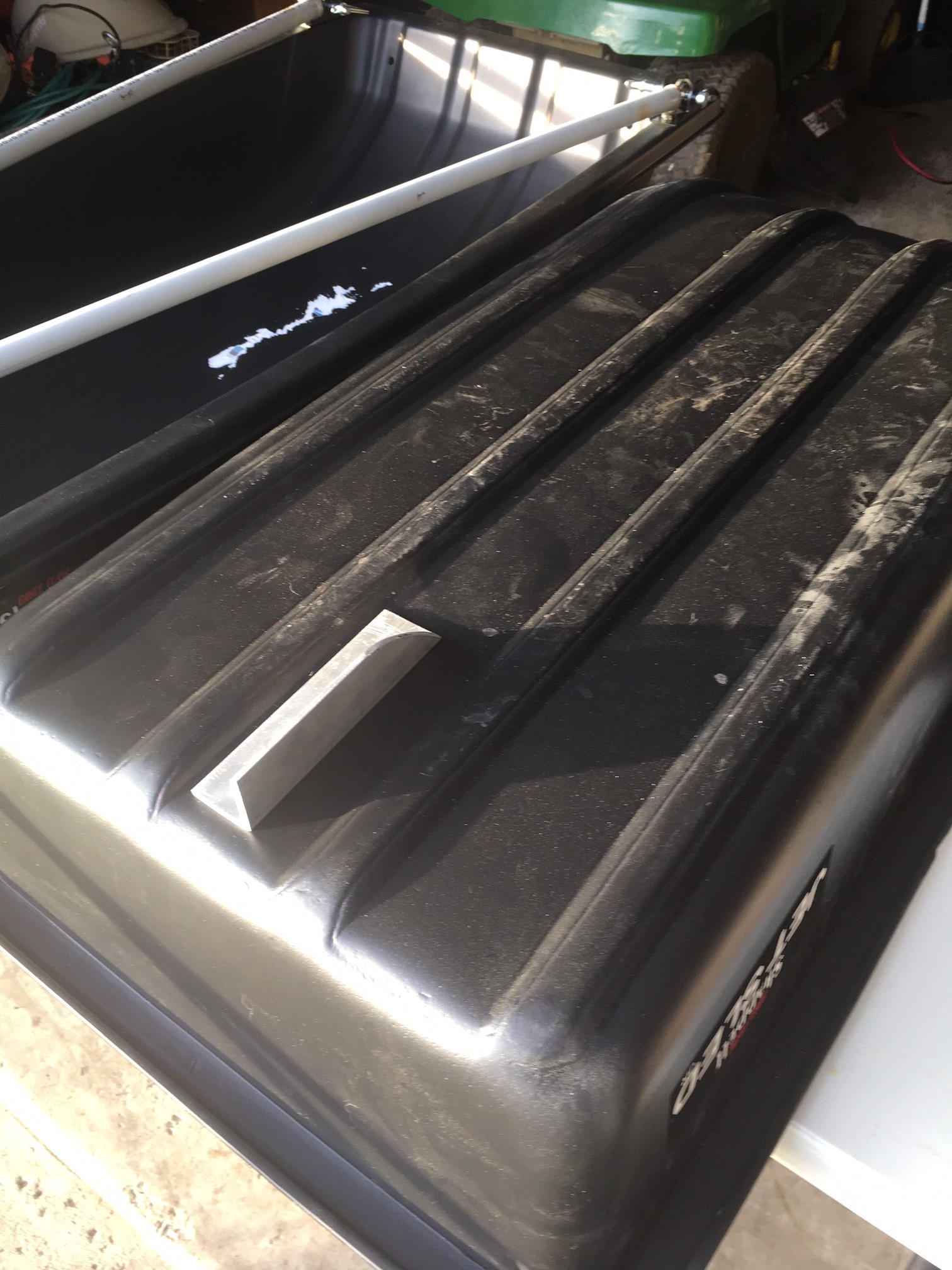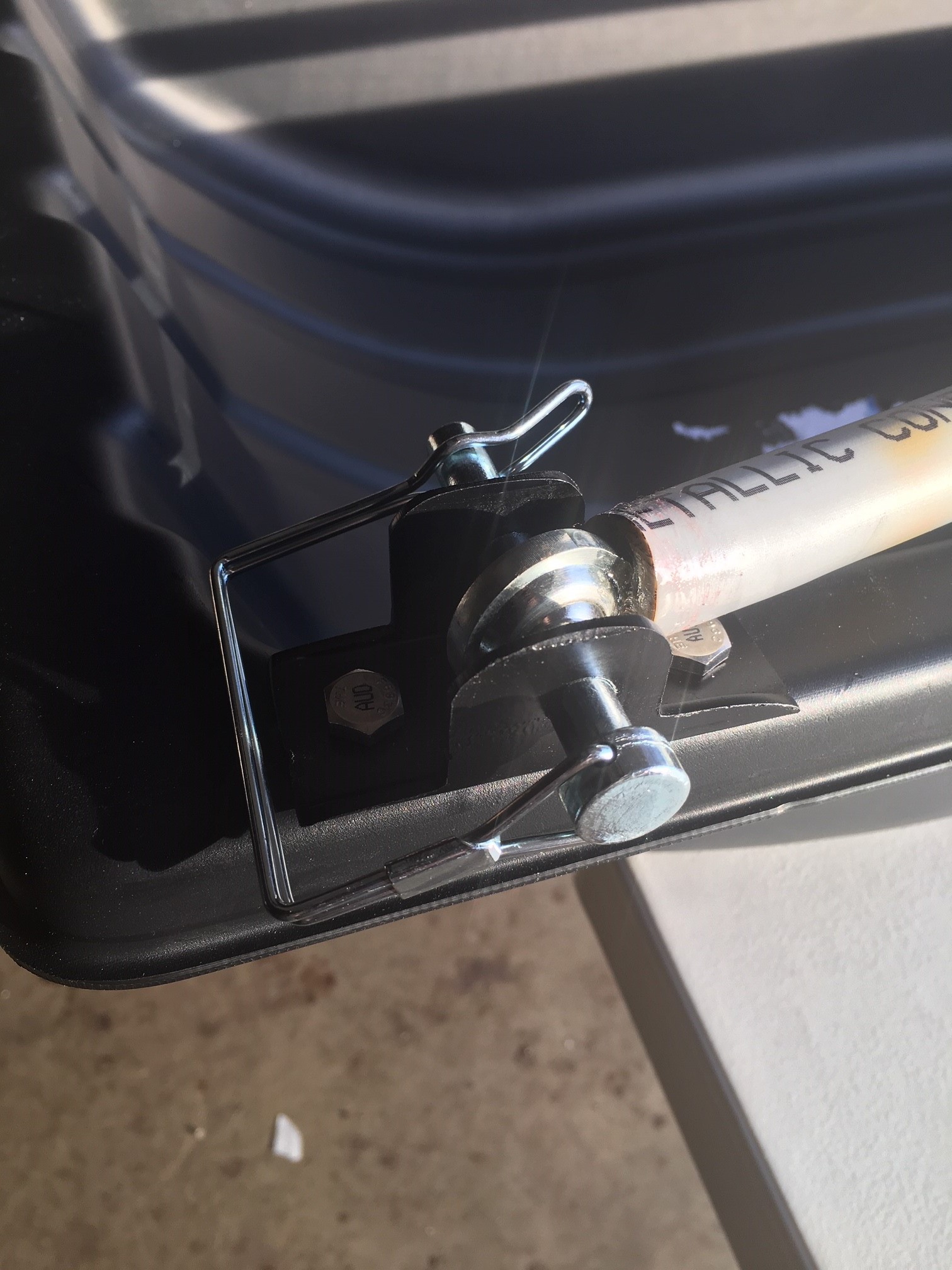5 Items I Always Carry In The Wilderness
I wanted to write a quick post detailing the five items that I always carry with me in the wilderness.
Container
I either carry a stainless steel bottle, pot or a Grayl water purifier. Since water is so important to our survival, you want to make water procurement as easy as possible.
If the low temperatures over night will be above freezing, I generally always choose to carry my Grayl water purifier. This makes water purification fast and easy. Plus the water always tastes amazing.
If the temperatures will get below freezing at all, then I take either a stainless steel bottle or large bushpot for boiling my drinking and cooking water.
Cover
For cover, besides the seasonal relevant clothing I’m already wearing, I carry a poncho that can also be rigged up as a tarp shelter. I love having multifunctional gear as long as it is useful and works well for both intended purposes, which I believe the one I carry does.
Having the availability to make a quick shelter to get out of the rain, wind, snow or to just create a micro climate to warm up, is extremely beneficial. To be able to setup a quick shelter without the need of natural resources is a time and calorie saver. In the event of a true emergency, I’d want to be able to setup my shelter as quickly as possible and save any energy on gathering fuel for a fire and water purification. Also, if I were hurt, it would be extremely hard to build a natural shelter depending on the type of injury.
Cordage
I always carry a hank of 550 Paracord with me. It can be used for so many projects around camp from shelter building to an endless amount of camp projects. It can also be used for fishing, primitive trapping and gear repair, just to name a few. I also usually carry a 25’ piece of #36 bankline which is a great complimentary cordage to Paracord.
Fire kit
I carry a leather belt pouch I made out of stone oiled kodiak leather. It contains my extensive fire kit. My fire kit contains a flint and steel kit, char material in a tin, lighter, magnifying lens, quik tinder tabs, fat wood fuzz, a chunk of fat wood, fero rod, opinel pocket knife and some jute twine.
Knife
I always carry a good fixed blade knife that I know I can depend on. Having a good knife can make camp chores a lot easier, allow for game processing, opens up a lot of projects that can be done around camp to stay busy and keep the mind focused if lost and in an emergency situation. A knife is a great tool as long as care is taken and it is used in a safe manner.
This is not an extensive kit by any means, and these are not the only items I generally carry, but these five items are always with me. This is a basis for my wilderness wandering kit. I’m confident in this basic kit barring any serious life threatening injuries. I do carry varying first aid kits when wandering wild places.
What are your top five stay alive items that you always carry, whether urban or wilderness?


















































